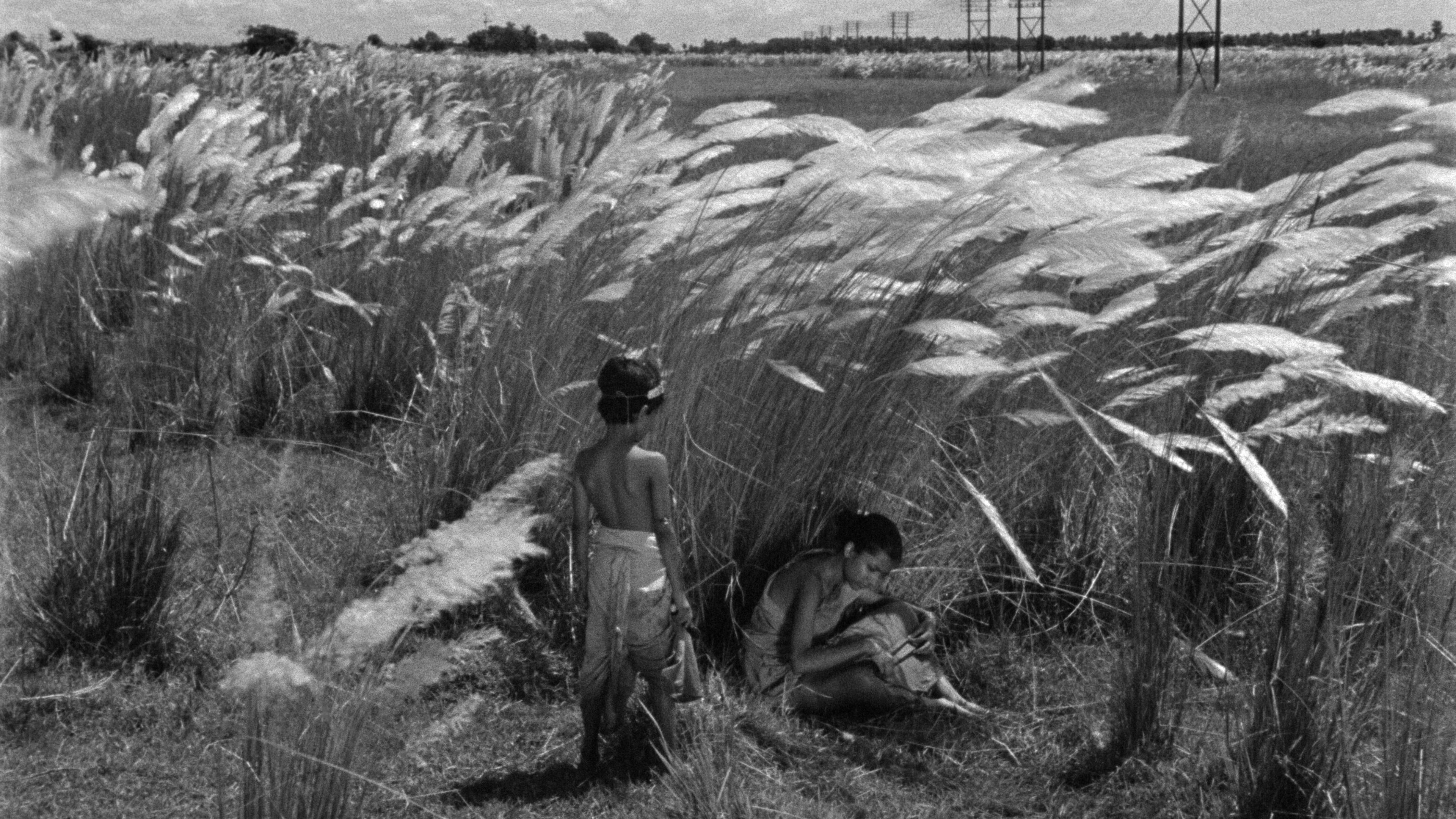Author: Neha Shah
-

Indian Cinema’s Dialogue With Neorealism: Creating Something Different Than Bollywood
From the start of Indian cinema, the Hindi language films have been popular and commercial which was influenced by Hollywood. Later on, the Hindi industry was called Bollywood because of its ties to Hollywood and it being dominant in the city of Bombay. Bollywood films followed a classic narrative similar to Hollywood. In the 1950s,…